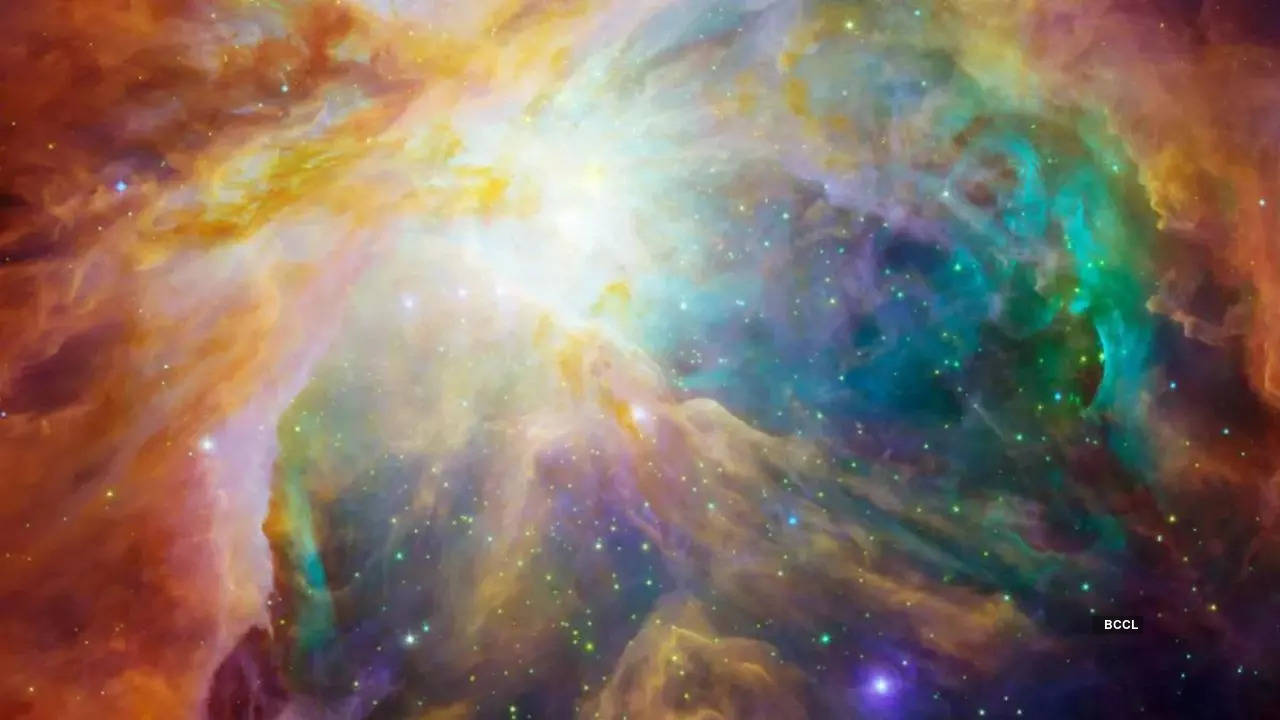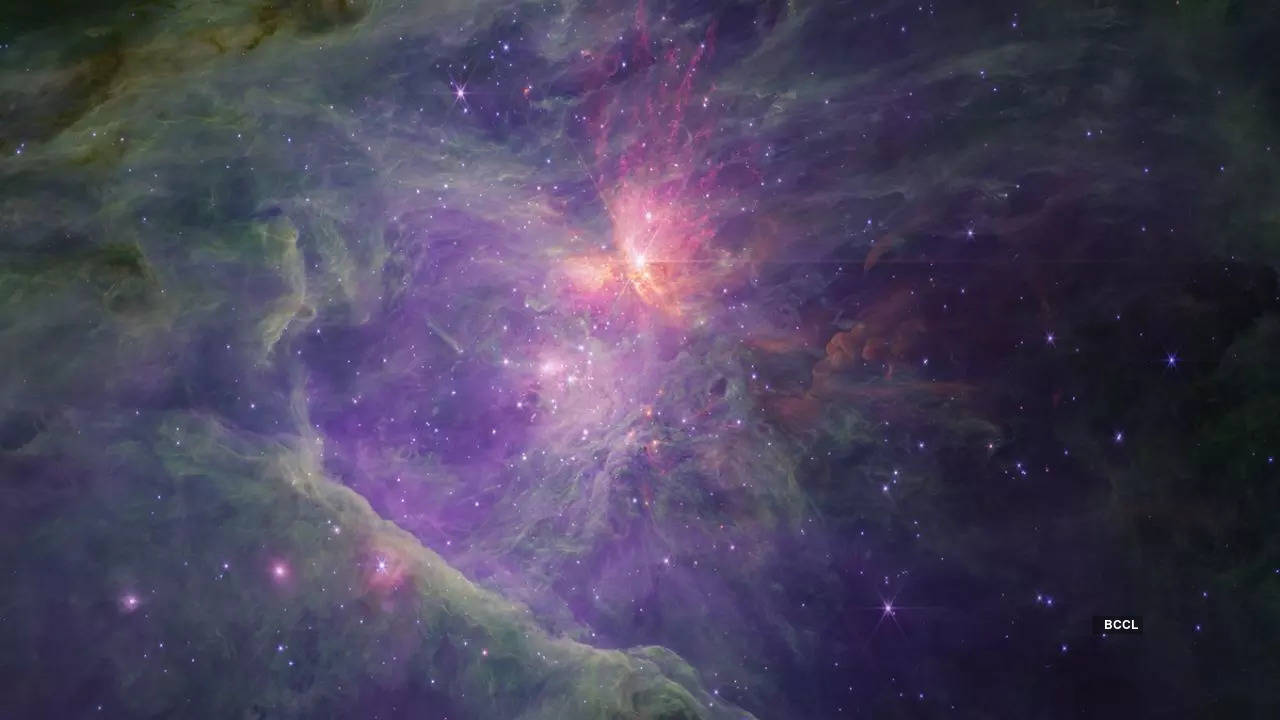The James Webb Space Telescope has unveiled a stunning revelation, capturing images that reveal never-before-detected pairs of planet-like objects nestled within the Orion Nebula. This unexpected discovery in the heart of the Orion constellation has astronomers reevaluating their understanding of celestial formations.
The Orion Nebula, a luminous cloud of gas and dust, has long fascinated astronomers and stargazers alike. Located approximately 1,300 light-years from Earth, it is unmistakably visible as the "sword" in the constellation of Orion.
Within this celestial playground, astronomers have previously studied various celestial objects, including brown dwarfs, star-forming disks, and objects with masses that fall between those of stars and planets. However, the James Webb Telescope's near-infrared camera, known as NIRCam, has now offered a fresh perspective, unveiling a host of unexpected findings and unprecedented details.
The initial focus of this discovery was the Trapezium Cluster, a youthful star-forming region teeming with stars that are mere millions of years old. While examining the short-wavelength image of the Orion Nebula, astronomers Samuel G. Pearson and Mark J. McCaughrean made an astonishing observation.
In addition to identifying stars and brown dwarfs—objects too small to initiate nuclear fusion at their cores, preventing them from becoming stars—the astronomers stumbled upon pairs of planet-like objects. These enigmatic entities possessed masses ranging from 0.6 to 13 times that of Jupiter, challenging fundamental astronomical theories. They were promptly dubbed "Jupiter Mass Binary Objects," or JuMBOs.
Pearson, a European Space Agency research fellow, explained, "Although some of them are more massive than the planet Jupiter, they will be roughly the same size and only slightly larger."--As reported by Wion.
The astronomers' discovery extended beyond singular pairs, as they encountered approximately 40 JuMBO pairs and two triple systems, all occupying wide orbits.
Mark J. McCaughrean, the European Space Agency's senior adviser for science and exploration, shed light on the age of these newfound celestial inhabitants in an interview to Wion, saying, "We are halfway through the life of the sun, so these objects in Orion are 3-day-old babies. They're still quite luminous and warm because the energy they have when they get created still allows them to glow, which is how we can see these things in the first place."
The presence of these JuMBOs challenges existing theories of star and planet formation, raising questions about the fundamental understanding of these astronomical processes. Pearson remarked, "Scientists have been working on theories and models of star and planet formation for decades, but none of them have ever predicted that we would find pairs of super low-mass objects floating alone in space — and we're seeing lots of them."--As reported by Wion.
This revelation serves as a reminder of the universe's ability to continuously astonish and confound, pushing the boundaries of human knowledge and inspiring scientists to reevaluate and refine their understanding of the cosmos. The Orion Nebula, already a celestial jewel, continues to yield precious insights into the mysteries of the universe.

 1 year ago
396
1 year ago
396






























 English (US)
English (US)